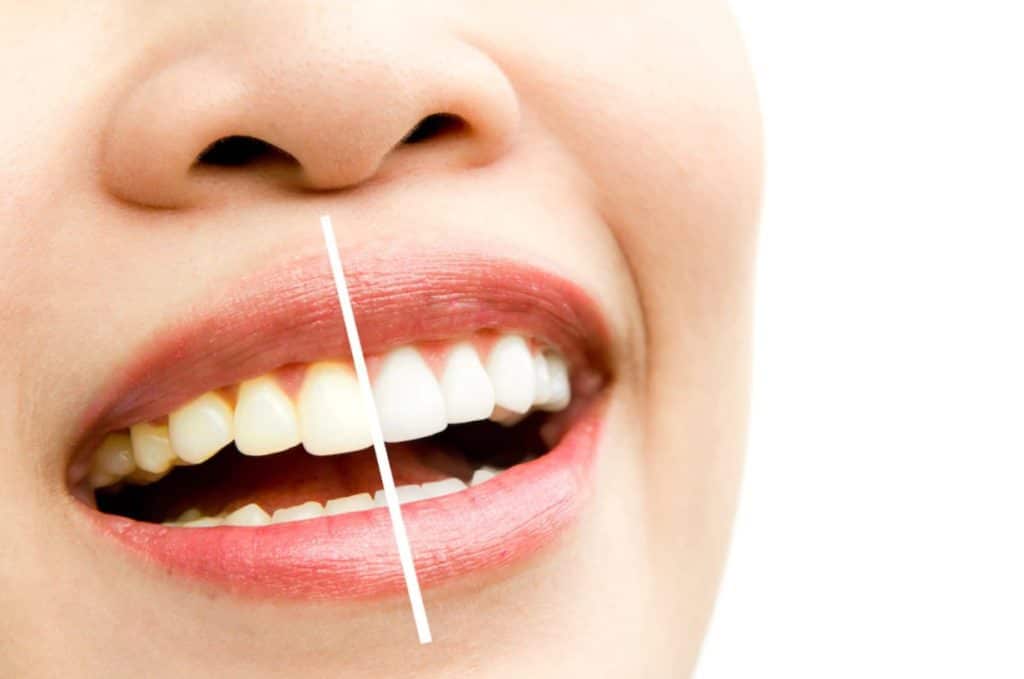
Do you think you are maintaining a good oral hygiene routine? If not, then this blog is for you!
When it comes to dental care and maintaining an oral hygiene routine, it is easy to make specific lifestyle changes instead of relying on the dentist. Here are the most important tips for teeth whitening, refining dental care habits, and keeping your smile healthy and shiny.
● Say Bye to Soda!
If you often drink soda during a break in the evening, this unhealthy habit will cause havoc on your oral hygiene. Soda contains citric acid and phosphoric acid that affect your teeth’ enamel and make them more vulnerable to cavities and gum diseases.
● Cut Down on Your Sugar Consumption
Apart from ditching soda, cutting down on sugar consumption will also keep your teeth healthy and clean. Sugar causes bacterial growth in your mouth, which leads to plaque and cavities that attack your gums and tooth enamel. This potentially leads to tooth decay and gum diseases. It is not recommended to stop your sugar consumption, but limiting the intake and flossing or brushing after having a sweet treat can be beneficial.
● Quit Smoking
Smoking can have a detrimental effect on your oral health. No matter how much money you spend on your dental appointments, if you don’t quit smoking, your oral health is still at risk. The tar and nicotine found in cigarettes attack your gums. Smoking also triggers the production of bacteria in your mouth that cause tooth decay and gum disease.
● Brushing with Proper Technique
No matter how many times you brush your teeth, it’s essential to brush your teeth with proper technique. Make sure to follow the techniques listed below-
- Hold your brush at a 45-degree angle.
- Make circular motions with the brush head pointing towards your gum line.
- Brush each tooth up to 15 times.
Following these brushing techniques will help in keeping your teeth clean.
● Brush For Around 2 Minutes
Brushing your teeth for around 2 minutes seems like a long time for many, especially those who don’t care about oral hygiene. But you can spend 30 seconds on each section. For instance, try brushing your top left for 30 seconds, then top right, then bottom left side, and finally the bottom right side. With this technique, you can get a fresh feel and a shinier smile.
● Take Out Some Time for Flossing
Flossing is one of the most effective teeth cleaning tips which is helpful when you are unable to clean your teeth with a toothbrush, leading to healthier gums and teeth. But just like brushing, incorrect flossing can also lead to damaged gums. To ensure proper flossing technique, you should make sure that you are following these tips:
- Make sure to do flossing behind the molar teeth for proper cleaning.
- Keep the floss tight while cleaning the plaques.
● Avoid Over Brushing
It seems satisfying to brush your teeth aggressively to ensure thorough cleaning and teeth whitening. But over-brushing can also make your teeth sensitive and porous. Thus, it is important to brush your teeth gently and ensure overall oral health.
● Chew Sugar-free Gum
Although brushing your teeth after eating a meal is desirable, it may not be possible every time. You can chew sugar-free gum to avoid the deposit of excess food while refreshing your breath. Chewing gum boosts the production of saliva in your mouth. As saliva has antibacterial properties, thus it helps prevent bacteria from causing plaque buildup and ultimately leading to tooth decay.
● Eat Foods that help in Cleaning Your Teeth
As mentioned above, soda and sugar harm your oral hygiene, but do you know what foods you can consume to improve it? Well, consuming crisp and firm foods such as apples, raw carrots, popcorn, and celery is beneficial in reducing plaque buildup. They are not an alternative to brushing but ending your meal with these foods will be helpful to improve your oral hygiene.
● Prioritize Regular Dental Checkups
You might be thinking that following the above tips will save time and money on visiting the dentist for a regular dental checkup. But it’s not. It will be great if you follow these tips, but regular cleaning and maintaining oral hygiene through the dentist in chandler will help you alert to any potential issues. The sooner your dentist finds the problem, the less painful the treatment will be. Don’t skip the appointment with Peace of Mind Dental Studio to maintain your dental health. All the dentists at POM Dental Studio are highly experienced and proficient in offering top-notch dental care services within your budget.


